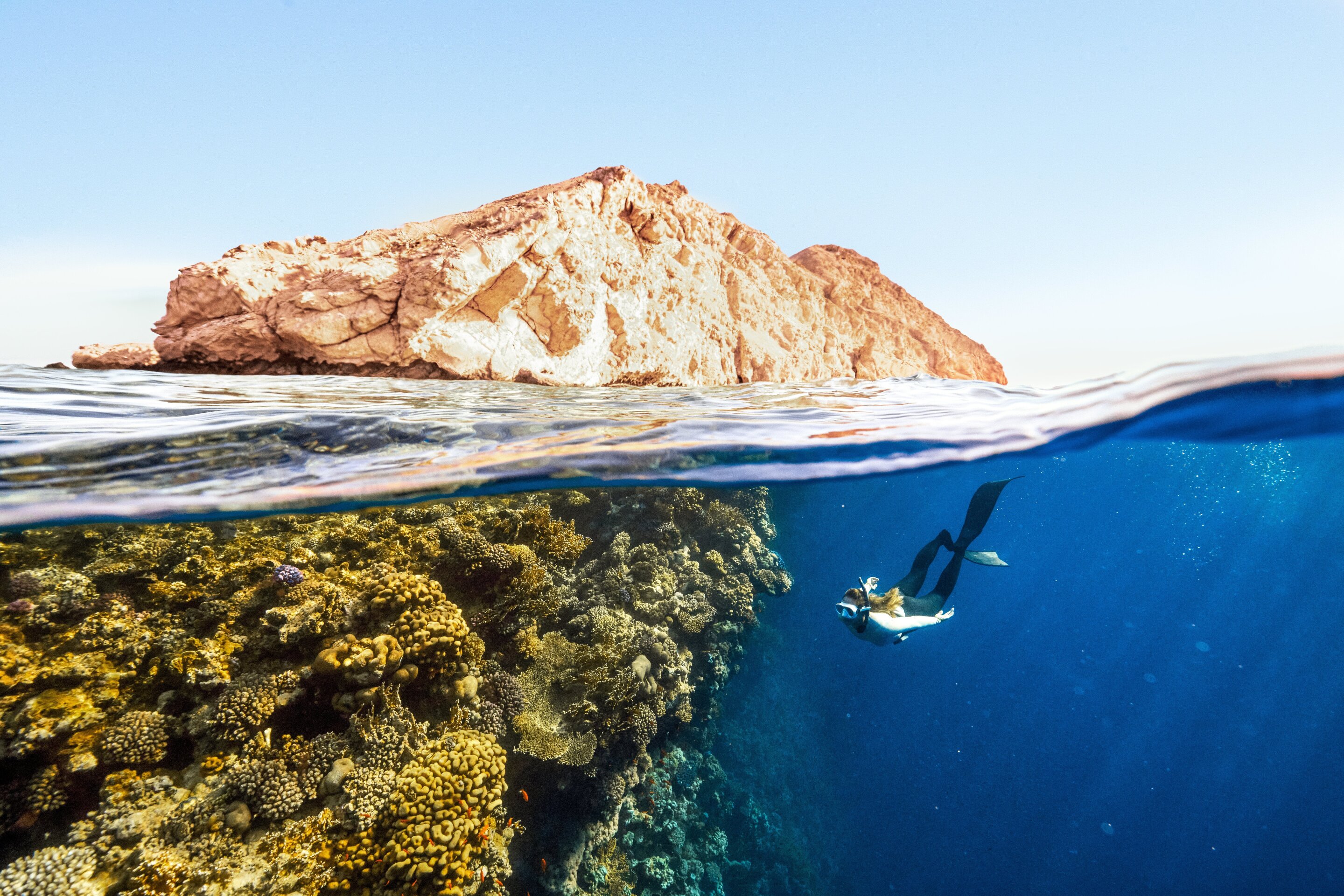When people think of underwater reefs, they often imagine vibrant coral gardens. However, some reefs are built on more unique foundations.
Our research focuses on how marine fish utilize artificial reefs in the United States and around the world. We’ve discovered that these man-made structures can attract large predatory fish like groupers and jacks, as well as provide a pathway for reef fish to expand their range as water temperatures rise, and even serve as resting spots for sharks.
Artificial reefs can be strategically designed and placed to optimize fish habitat, but the number and extent of these structures in U.S. waters have not been fully documented.
To address this gap, we led a team of scientists and artificial reef directors from 17 U.S. states with reef-building programs to conduct the first national assessment of artificial reef coverage. Our findings, published in Nature Sustainability, reveal that these reefs span approximately 7 square miles (19 square kilometers) of U.S. seafloor, equivalent to 3,600 football fields. We also highlight the variety of materials used to create these reefs and trends in their construction over time.
It’s important to note that modern reefing is a regulated process at both federal and state levels, ensuring that only appropriate materials are deployed in the ocean through a thorough permitting and approval process.
2024-01-18 12:41:03
Original from phys.org


















